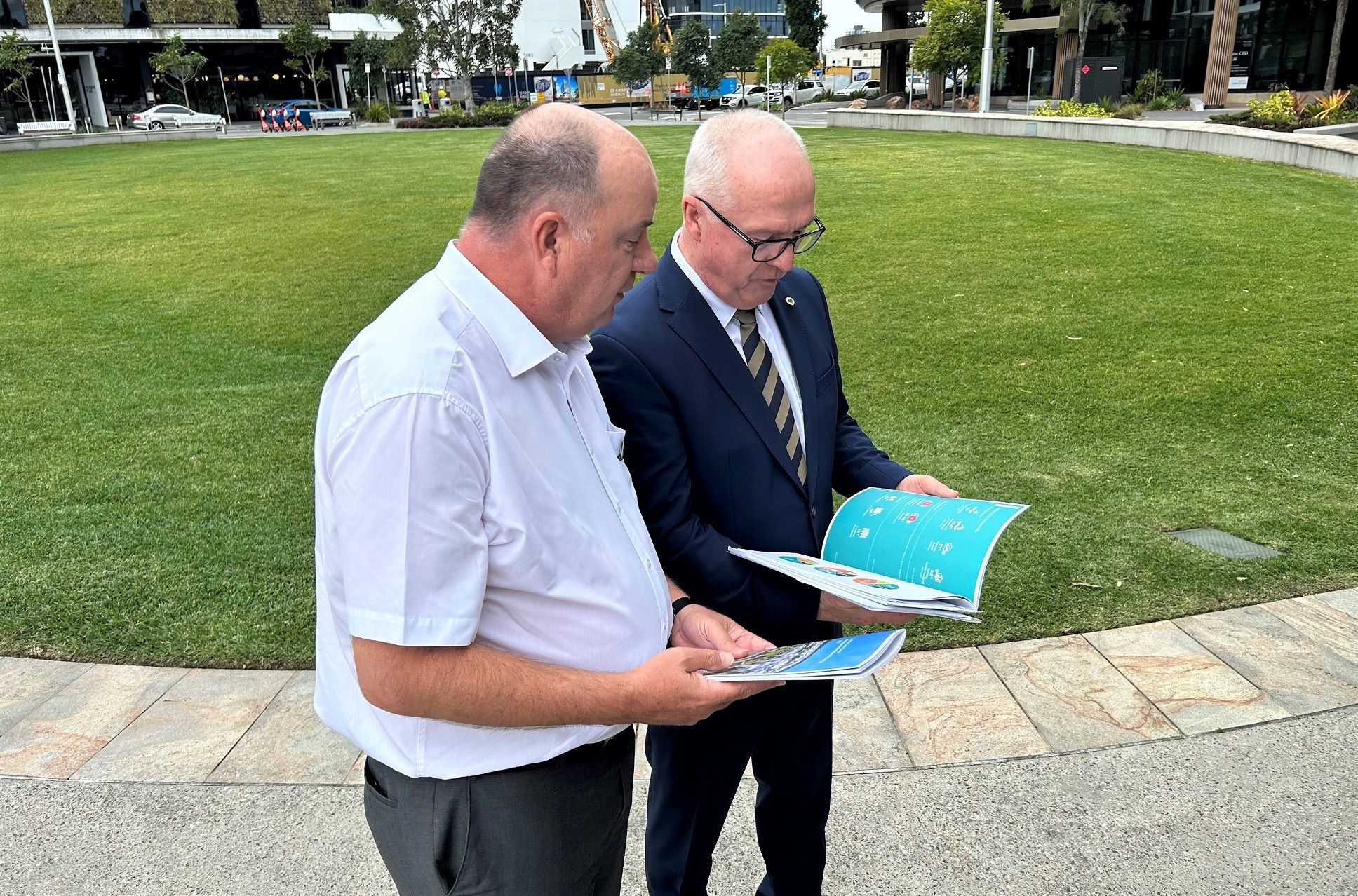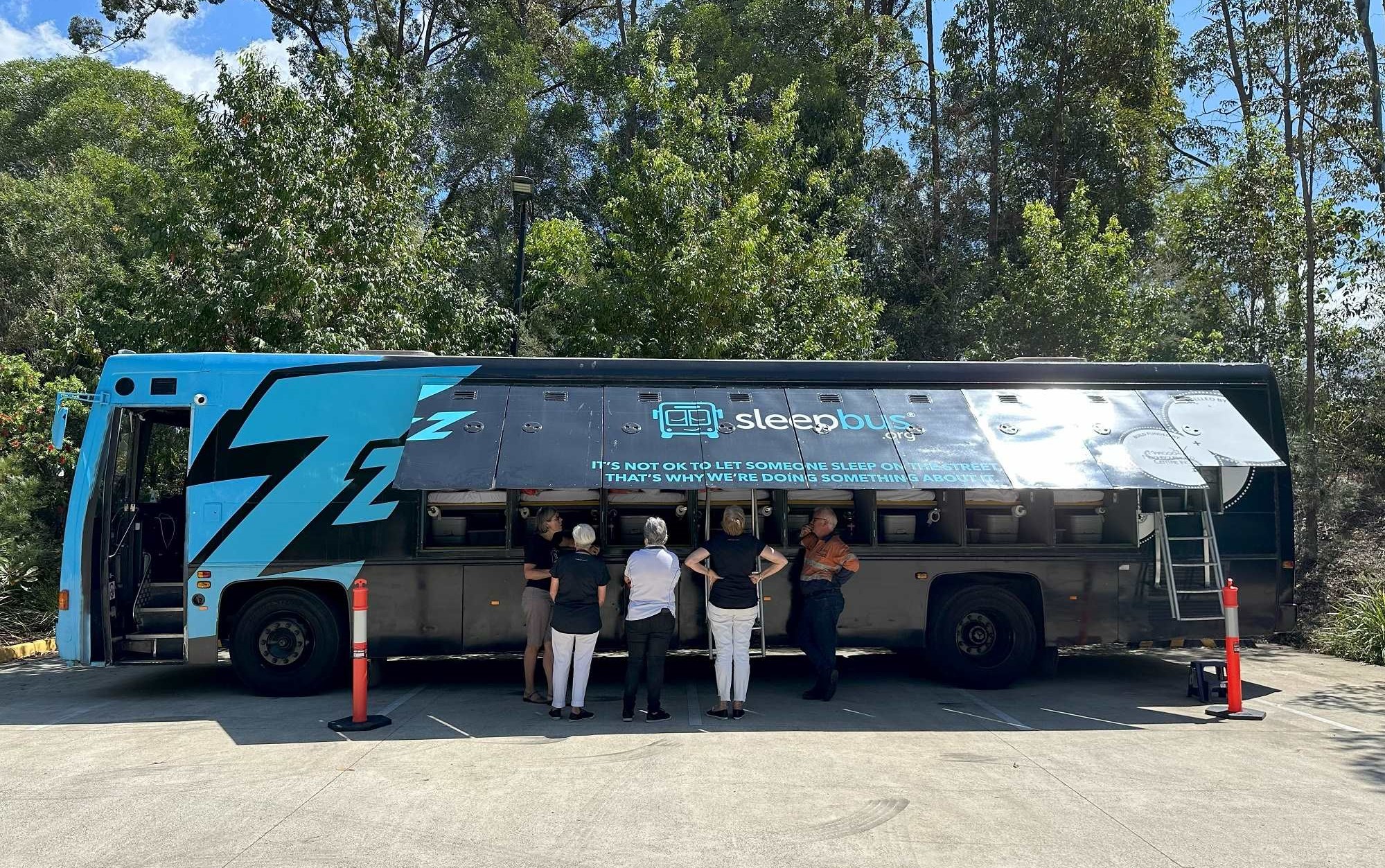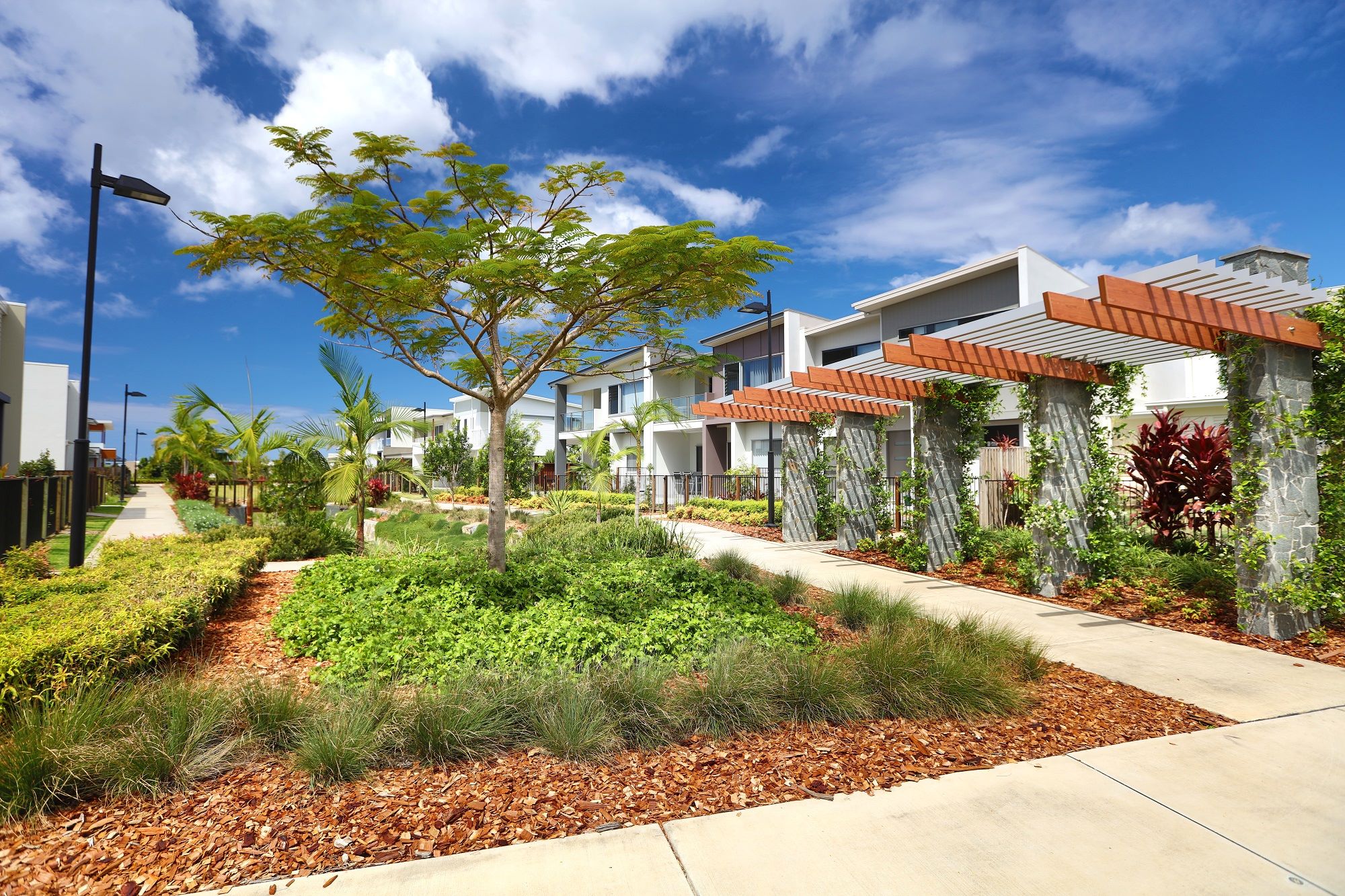Sunshine Coast Council has revealed its new Housing and Homelessness Action Plan, to help tackle homelessness and improve housing across the region.
The plan, which was endorsed at council’s Ordinary Meeting on Thursday, will help shape council’s future housing and homelessness response, underpinned by five key pillars: delivery, facilitation, advocacy, building capacity and building our knowledge.
Mayor Mark Jamieson said that, like many regions in South-East Queensland and across Australia, the region was experiencing significant housing affordability challenges and increased levels of homelessness.
“Council recognises the housing crisis is a situation that is difficult to quickly rectify,” he said.
“All tiers of government – local, state and federal – as well as the private sector, including relevant industry associations and peak bodies, and community housing organisations need a plan to work together to effectively address the current situation.”

The key priorities of council’s action plan include:
- utilising council land and/or buildings as affordable residential housing options for key workers currently being displaced by escalating rents and prices for housing;
- discounting fees and concessions for community organisations;
- supporting community-led initiatives; and
- facilitating the efforts of the state government and community housing providers to deliver social and affordable housing projects.
The main causes of homelessness include a lack of social and affordable housing, low rental vacancy rate, domestic and family violence, financial stress and physical, mental health and addiction.
According to Census data, the number of people estimated to be experiencing homelessness has increased by 54 per cent from 785 in 2016 to 1205 in 2021.
The rental vacancy rate on the Sunshine Coast as of January 2023 was 1 per cent, which is three to four times less than the rate considered suitable.
The region has a lower proportion of social housing (2 per cent of total residential dwellings in June 2022) compared to 3.6 per cent for South-East Queensland and the state average of 4.2 per cent.

Cr Jamieson said the new plan would help build on council’s existing commitments and provide support for the community.
“The plan outlines new initiatives directed at achieving a more secure housing future for our community and sets out how council can contribute to more diverse, affordable living outcomes and reduce the impacts and risk of homelessness in our region,” he said.
“One delivery action I’m glad to announce is that council is investigating partnership delivery models to deliver affordable and key worker housing through multiple dwelling units on council land.
“Preliminary project scopes have been prepared, and these projects are intended to be submitted to the state and federal governments as funding opportunities arise.
“Council has and will continue to support community-led initiatives being developed on the Sunshine Coast such as Sleepbus, Roofs to Recovery and a community-led initiative utilising vacant units for women’s transitional housing in Nambour.”
He said council had also invested in a web-based tool, available to the community, which provides statistics on housing affordability and availability.
The Housing Monitor presents the statistics in the form of tables and graphs for a range of Sunshine Coast geographies, households and income types.
“We recognise that housing affordability is a critical issue on the Sunshine Coast which is affected by a range of factors,” he said.

Division 10 Councillor David Law said 2021 Census data showed one in three mortgagees and almost half of all renters were in housing stress, paying more than 30 per cent of their gross income on mortgage or rental repayments.
“While council cannot control all elements of housing in our region, it’s a high priority in our planning,” he said.
“We’re working with the public, private and community sectors to encourage delivery of responsive housing and a range of different housing types and costs in the right locations to cater for households of all sizes and incomes.
Related story: Confronting homelessness: ideas showcased at forum
“Council has been actively advocating, planning and facilitating housing and community support services consistently for a number of years.
“We are committed to working alongside all levels of government, industry and businesses to take collaborative action.”
BlueCHP is an organisation working on the Sunshine Coast aiming to provide affordable and subsidised housing solutions to disadvantaged individuals and households experiencing housing stress.
This includes key workers, seniors and those at risk of homelessness in the community.
BlueCHP’s executive manager Darren Mew said council’s new plan contained many practical initiatives including a focus on capturing local government’s investment, in perpetuity, through community housing providers.
For more than 35 years, Q Shelter has worked as a peak body to improve housing outcomes for Queenslanders. The organisation works collaboratively to influence solutions to housing need and homelessness.
Q Shelter manager Jackson Hills said the organisation acknowledged the work of council and sector partners to develop the first housing and homelessness action plan for the local government area.
Related story: Four in five renters in housing stress, report finds
“With a backdrop of record high rents, record low availability and an increasing number of individuals and families in housing stress or experiencing homelessness, there has never been a more important time to bring a spotlight to these issues at the local level,” he said.
“The action plan goes further than that though, assigning a suite of actions and focus areas for solutions, and ensuring the Sunshine Coast is well positioned to take advantage of state and federal government funding coming online right now.”
View the Sunshine Coast Housing and Homelessness Action Plan 2023 here.
Do you have an opinion to share? Submit a Letter to the Editor at Sunshine Coast News via news@sunshinecoastnews.com.au. You must include your name and suburb.





